Subsea operations have revolutionized oil & gas production for years. These complex systems require a slightly different set of guidelines to be functional. Valve World Americas had the pleasure of speaking to Tanaji Dabade, Pipeline Engineer at Intecsea, to learn about how vendors are selected, how to choose the correct valves for subsea projects, as well as some of the challenges that arise in subsea applications. Dabade outlined potential strategies that aid in mitigating these obstacles.
By Shopia Ketheeswararajah and Sara Mathov
Finding a Vendor for an Offshore Field
From making a vendor selection to creating detailed designs, pipeline engineers outline different scenarios based on calculated decisions. “When the concept of the project is developed, the Front- End Engineering Design (FEED) stage is completed to narrow down the project’s scope,” Dabade shared. For subsea operations, the vendor selection process slightly differs in comparison to onshore.
“Before the detailed design phase, I must complete a request for quote (RFQ) package. This is where engineers reach out to various vendors, to determine quotes for the needed equipment.” Once a list of vendors has been finalized, engineers complete a detailed design which outlines the specifics of the entire system, including the types of components used and its subsequent equipment. After Dabade receives this information, a technical bid evaluation is completed for each potential vendor. “The selection is made based on the project’s specifications and with the best economic value in mind.”
During his time at McDermott International, Dabade evaluated deviations in the equipment and determined whether the component is feasible for use or not. Vendors then completed a commercial evaluation after the valve spec datasheets are received. “Factors such as lead times and the supplier’s track record for previous projects that may have had similar technical requirements are considered at this time.” As a pipeline engineer, Dabade must consider different criteria when determining the compatibility for each vendor. “A case metrics document is made for the qualifying vendor, and whoever fulfills all the requirements from a technical perspective is selected,” he shared.
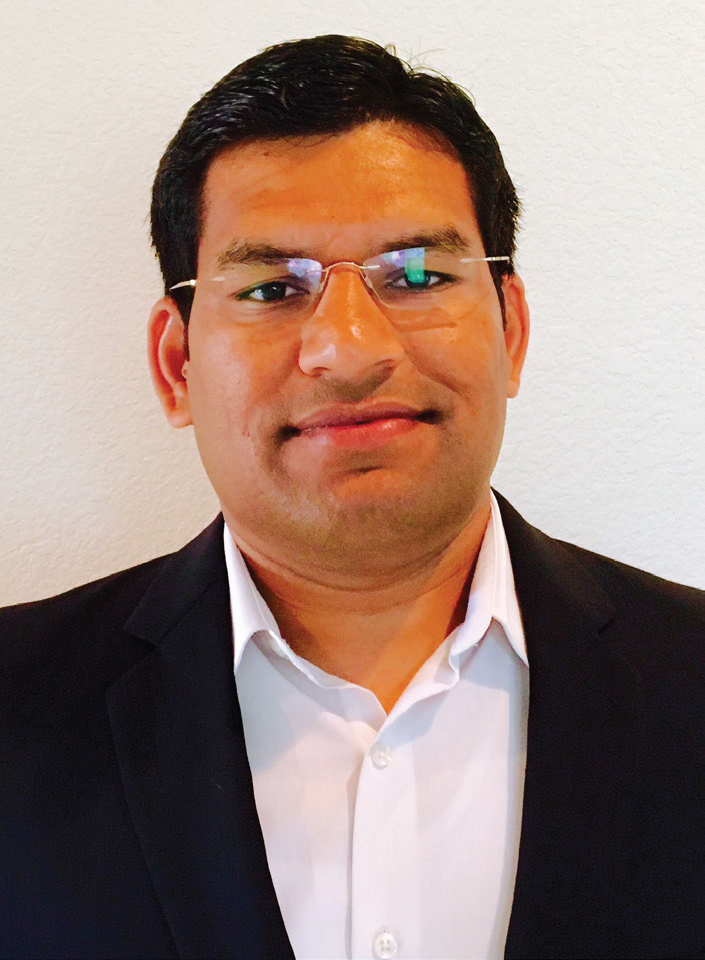
Pipelines are designed for pressure containment, and based on the pipeline, engineers can determine the internal diameter (ID). “The ID and pressure rating are factors that are heavily relied upon during valve selection,” Dabade asserted. Process flow diagrams are very important for the early stages of field development as designers must understand various scenarios based on the selected valve and its associated equipment.
“If there is a branch connection to the pipeline, it is likely paired with a valve that is typically open. The use of a hydraulically actuated valve is therefore not needed. In this case, engineers should consider a regular gate valve,” he said. “To control the flow rate through the pipeline and achieve the required pressure, engineers have to operate a valve on only one side of the structure. Maintaining a pressure of about 10,000 psi is essential for offshore applications.”
This process remains the same for other critical equipment such as pumps. “Pump installation for subsea applications requires a rigging design, and the overall weight of the equipment has to be determined to ensure it is the right fit,” stated Dabade. The typical lifespan for a pump in subsea operations is the same as when it is used in an onshore project. According to industry standards, a pump must be run uninterrupted for 30 years upon its installation. In addition to this, the equipment must meet requirements from Codes and Standard because it will be installed under high water pressure.
“Pumps are usually installed when the well’s pressure needs to be reduced without affecting production. The pump is installed to push production and send oil from a tube to the top of the valve through a 10km pipeline,” he stated. As pipelines are usually required to increase production after the first five to ten years, they are not typically installed during the initial construction phase.
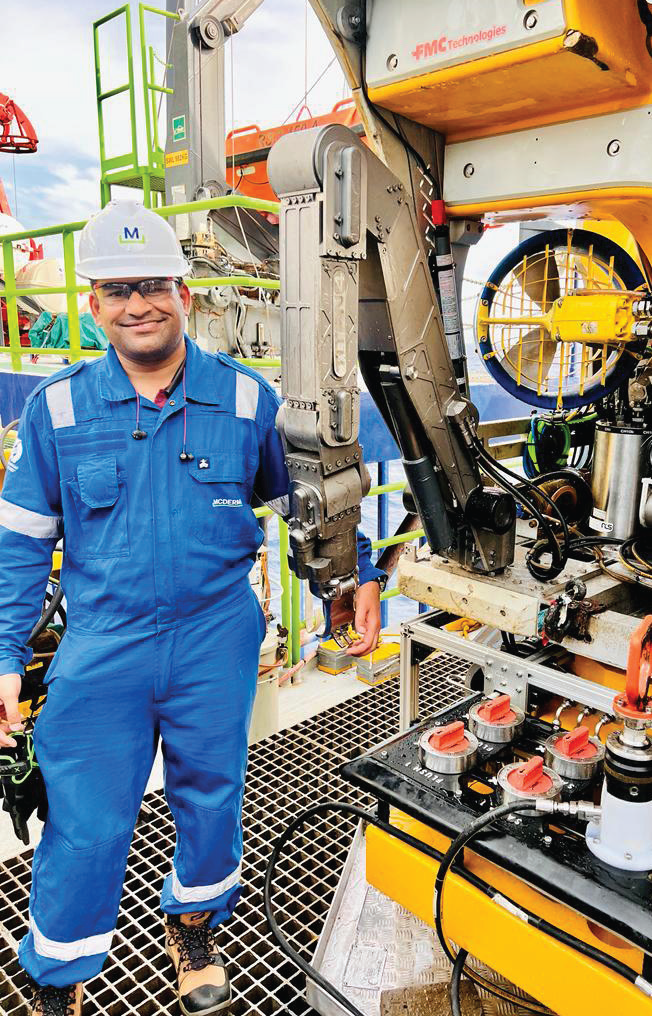
Maintaining the Perfect Valve
“Currently, I am working on an offshore project in Brazil. This subsea installation consists of quite a few valves, including 8-inch ball valves and 12-inch hydraulically actuated ball valves; these components are vital for production,” he stated. Additionally, there are steel flying leads that are connected to the structures, and hydraulic fluid gets transported suing flying leads to the hydraulic actuated valves. Most of the valves used for this operation are hydraulically actuated.
“These requirements are expressed on a valve specification datasheet. Based on the vendor’s quote, the technical guidelines are conveyed. This aligns with the material selection and the necessary testing for the critical components.”
The valves are controlled from a Host (FPU/FPSO) floating production storage and offloading ship), which is tied back to the subsea pipeline. “In addition to utilizing a variety of topside valves, remote-operated vehicles (ROVs) are also at the forefront of production. Without this device, it would be nearly impossible to install, maintain, and operate valves that are at a deep-water depths.”
Valve selection is completed based on fail safe-open and fail safe-closed positions. These variations enable the required flow and ease of operation. However, there are times when ROVs are not readily available for maintenance operations. “If anything were to go wrong with the valves, the cost of repair increases, making valve selection a very critical process.”
Overcoming Obstacles in Subsea Conditions
Valve failures are not common in subsea applications, but often the common reason for failure stems back to the lack of testing before installation. “Hydrostatic testing needs to be completed, ensuring the valve is functioning with the rest of its subsequent components before installing it offshore. In subsea systems, nothing is more essential than structural integrity to assure performance, safety, and reliability.
Deploying equipment deep underwater is costly and often challenging; therefore, it is vital to verify a product or component’s reliability under extreme pressure before it is deployed. This will increase efficiency and reduce the risk of unnecessary costs.
“Pumps are usually installed when the well’s pressure needs to be reduced without affecting production. The pump is installed to push production and send oil from a tube to the top of the valve through a 10km pipeline.” – Dabade.
“Prior to performing a flushing and leak testing for flexible jumper, it is beneficial to use an to ensure that ball valves on manifold and PLET (Pipeline end termination structure) are in open position or specified position per procedure document. Once flushing of the jumper complete, use the ROV to close the ball valves on connecting structures and prepare for the leak test. During the leak test the components are run at 1.1 times their design pressure, this test is typically run for eight hours. Once the system pressure reaches the required test pressure, use the ROV to perform a survey of the entire testing area to make sure there is no visually leak detected. Normally, if the system maintains the test pressure with minimal fluctuation, then the leak is not present. The hydro testing, on the other hand, is run minimum 1.25 times its MOP,” he shared.
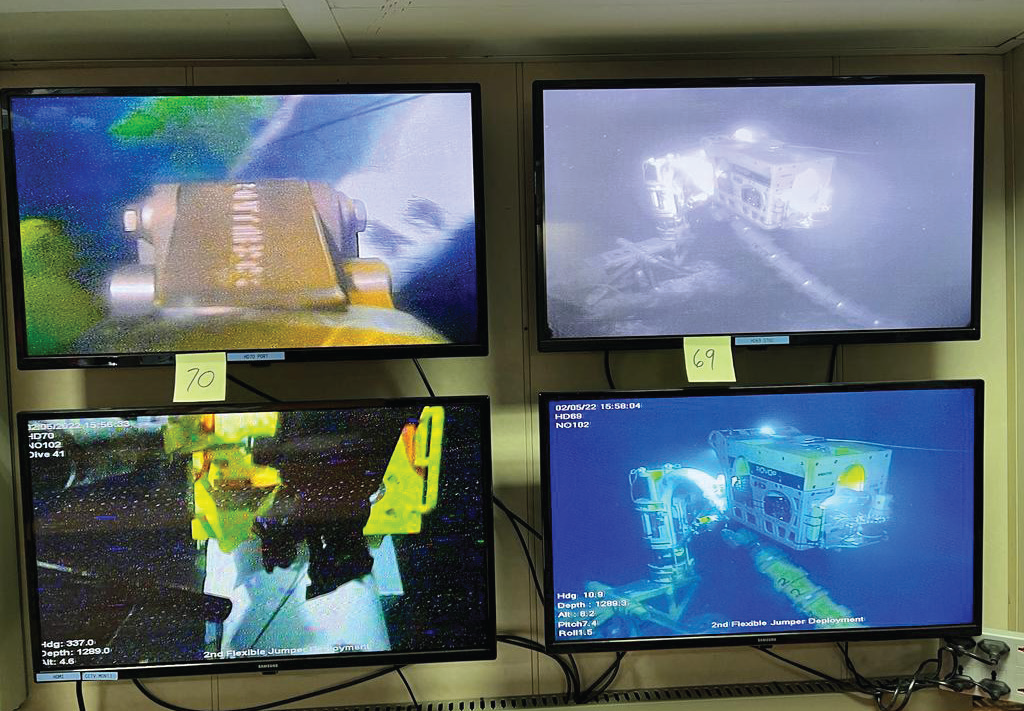
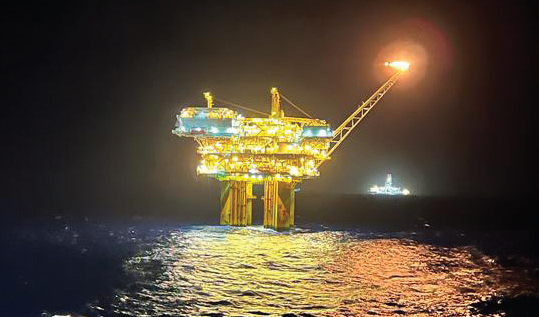
As with any oil production unit, some challenges arise. “Sometimes valve operations fail and you cannot access it. When this happens, engineers need to reach out to ROV officials in attempts to fix the issue,” Dabade shared. The main difference between onshore and offshore production is how these issues are mitigated; since it is increasingly difficult to send divers to determine what the obstacle is in subsea production, there are more limitations. “Stopping production anywhere is detrimental, but with subsea operations, when one thing goes wrong operators run the risk of having to replace the entire structure of the pipeline,” he revealed.
ROVs are typically used on new field developments where a lot of new equipment needs to be installed. “There have been instances where operators would have to dive back to the structure when subsea isolation valves (SSIVs) are subjected to thermal catastrophe. When this happens, it is vital that the valve can be accessed and isolated before further combustion.” At this point, operators must isolate the subsea system from the topside and the valve should actuate automatically, deviating the flow and ensuring the fire does not spread throughout the site.
“There have been instances where operators would have to dive back to the structure when subsea isolation valves (SSIVs) are subjected to thermal catastrophe. When this happens, it is vital that the valve can be accessed and isolated before further combustion.”
– Dabade.
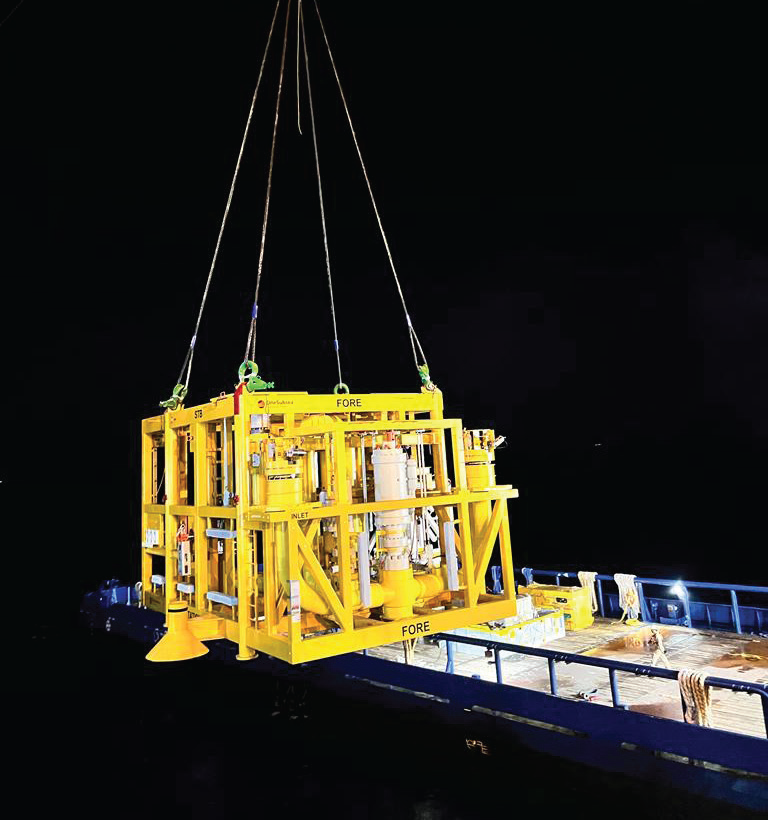
The Future of the Industry
The industry is finding new ways to continue to produce oil. Although the price of oil barrels has increased over the years, industry professionals are working tirelessly to continue to produce this resource. “As a result, there are new greenfield and brownfield productions that assist in this process. Brownfield developments are created from existing offshore fields, while greenfield productions are often newly developed. It is important the industry continues to do what it takes to keep up with the demand,” Dabade said. Despite the various challenges those subsea productions might bring to the surface, Dabade is confident that proper valve and vendor selection and adequate preparation with flow diagrams, accompanied by accurate datasheets will bring success to new subsea developments.


